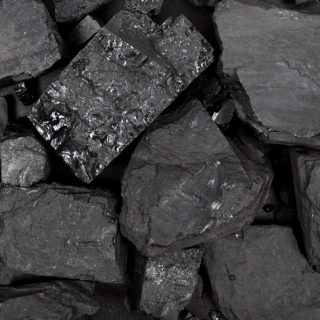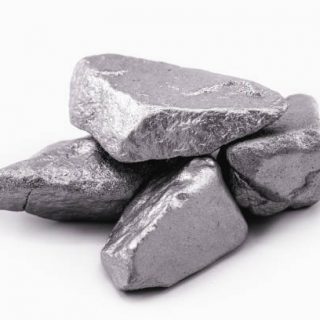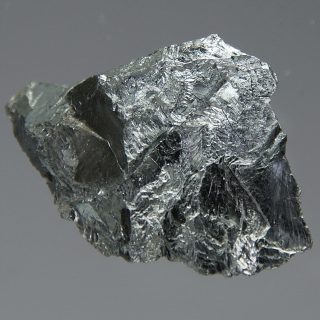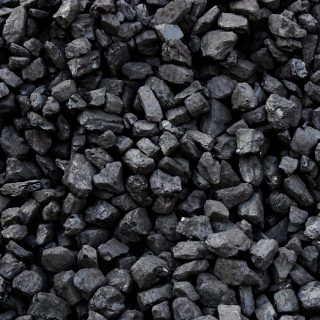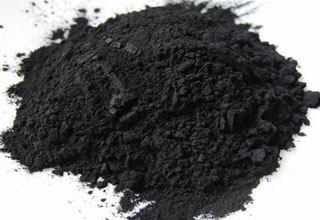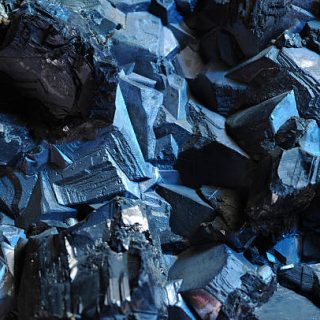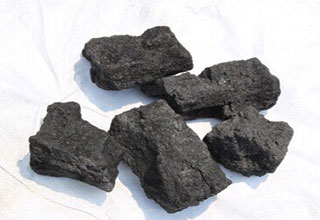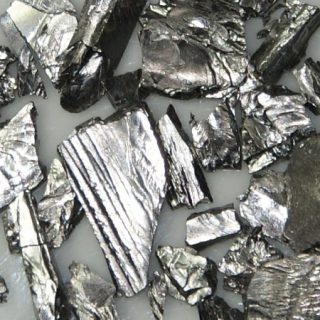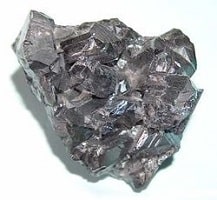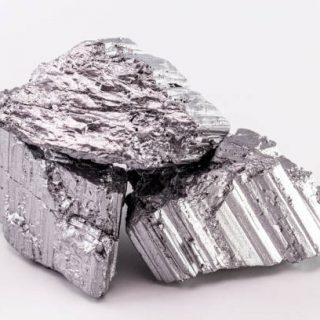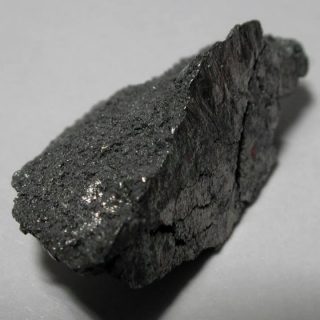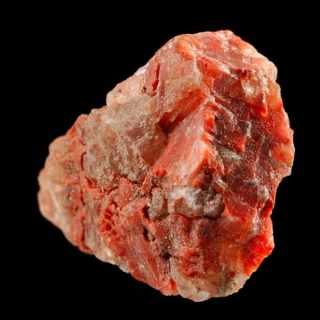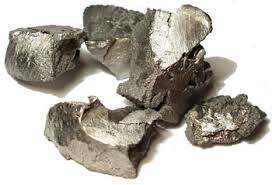Category: Rare Earth Mining
Rare Earth Mining
Showing 17–32 of 83 results
-
Carbon (from Latin: carbo “coal”) is a chemical element with the symbol C and atomic number 6. It is nonmetallic and tetravalent—making four electrons available to form covalent chemical bonds. It belongs to group 14 of the periodic table. Carbon makes up only about 0.025 percent of Earth’s crust.
-
Cerium (Ce), chemical element, the most abundant of the rare-earth metals. Commercial-grade cerium is iron-gray in colour, silvery when in a pure form, and about as soft and ductile as tin. It oxidizes in air at room temperature to form CeO2. The metal slowly reacts with water, and it quickly dissolves in diluted acids, except …
-
Chromium is a chemical element with the symbol Cr and atomic number 24. It is the first element in group 6. It is a steely-grey, lustrous, hard, and brittle transition metal. Oxidation states: −4, −2, −1, 0, +1, +2, +3, +4, … Atomic number (Z): 24 Atomic radius: empirical: 128 pm When liquid (at m.p.): …
-
Coal is a nonrenewable fossil fuel that is combusted and used to generate electricity. Mining techniques and combustion are both dangerous to miners and hazardous to the environment. Coal is a combustible black or brownish-black sedimentary rock, formed as rock strata called coal seams. Coal is mostly carbon with variable amounts of other elements, chiefly hydrogen, …
-
In the past half century, Coal Injection have been used in industrial and large areas, with the increasing domestic steel production capacity and the continuous progress and perfection of the key technology of blast furnace coal powder blowing, the market demand has gradually expanded, especially in recent years, with the increasing shortage of high-quality coking …
-
Cobalt is a chemical element with the symbol Co and atomic number 27. As with nickel, cobalt is found in the Earth’s crust only in a chemically combined form, save for small deposits found in alloys of natural meteoric iron. The free element, produced by reductive smelting, is a hard, lustrous, silver-gray metal.
-
Coke is a kind of solid fuel. Coal is obtained by dry distillation at a high temperature of about 1000 degrees C. The main components are fixed carbon, followed by ash, containing very little volatile and sulfur. Silver-grey with a metallic sheen. Hard and porous. Most of its heat is 26380 to 31400kJ/kg (6300 to …
-
Coltan is a dull black metallic ore from which the elements niobium and tantalum are extracted. The niobium-dominant mineral in coltan is columbite, and the tantalum-dominant mineral is the tantalite.
-
From its position in the periodic table, in group 12 below mercury, this element should have the physical properties of a heavy metal and, were it long-enough lived, it should be possible for it to have two kind of chemistry, corresponding to oxidation states M(I) and M(II), with the latter more unstable. Following periodic trends, …
-
Erbium is a soft, malleable, lustrous, silvery metal. It is very stable in air, it reacts very slowly with oxygen and water and dissolves in acids. Its salts are rose coloured and it has a sharp adsorption spectra in visible, ultraviolet and infrared light. Applications Some erbium is added to alloys with metals such vanadium …
-
Europium is a soft silvery metal, both are and expensive. It is the most reactive of the lanthanide group: it tarnishes quickly in air at room temperature, burns at about 150 C to 180 C and reacts readly with water. Applications Europium is a neutron adsorber, , so it is used in nuclear reactors control …
-
Einsteinium is a member of the actinide series, it is metallic and radioactive, with no known uses. It is attacked by oxygen, steam and acids but not by alkalis. It is named after Albert Einstein. It was the seventh transuranic element to be discovered. It was first identified in December 1952 by Albert Ghiorso at …
-
Fluorine is an univalent poisonous gaseous halogen, it is pale yellow-green and it is the most chemically reactive and electronegative of all the elements. Fluorine readily forms compounds with most other elements, even with the noble gases krypton, xenon and radon. It is so reactive that glass, metals, and even water, as well as other …
-
Francium (Fr), heaviest chemical element of Group 1 (Ia) in the periodic table, the alkali metal group. It exists only in short-lived radioactive forms. Natural francium cannot be isolated in visible, weighable amounts, for only 24.5 grams (0.86 ounce) occur at any time in the entire crust of Earth. The existence of francium was predicted …
-
Gadolinium is a soft, shiny, ductile, silvery metal belonging to the lanthanide group of the periodic chart. The metal does not tarnish in dry air but an oxide film forms in moist air. Gadolinium reacts slowly with water and dissolves in acids. Gadolinium becomes superconductive below 1083 K. It is strongly magnetic at room temperature. …

